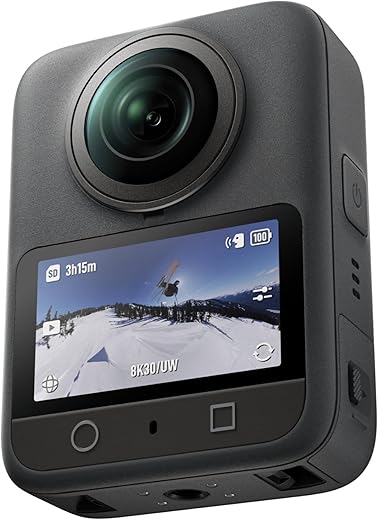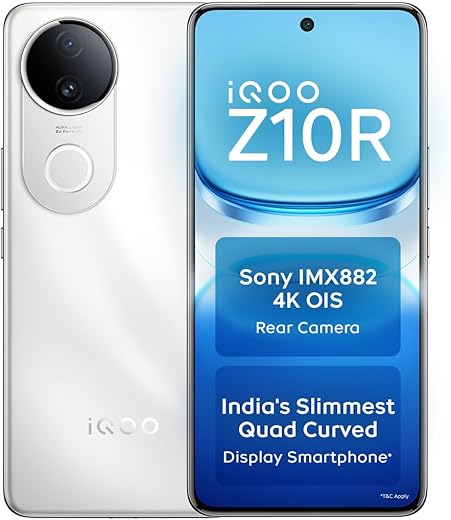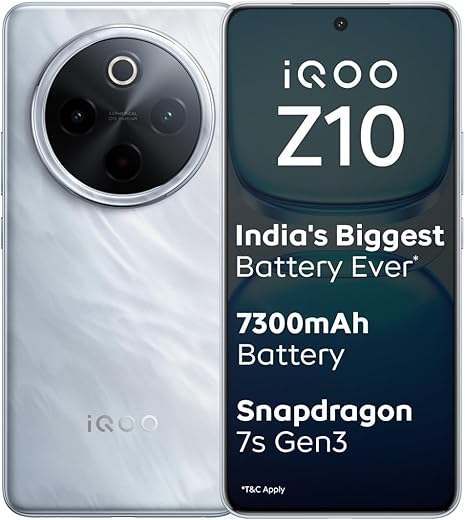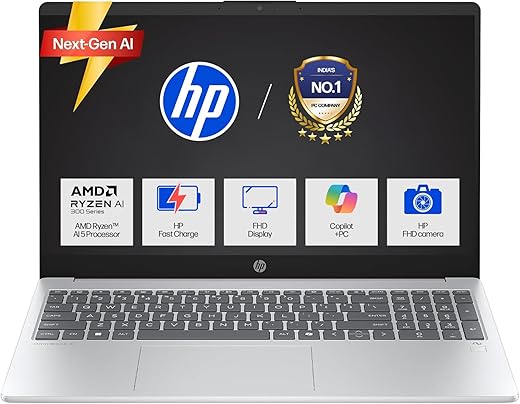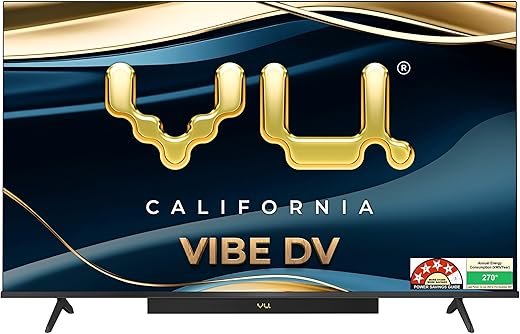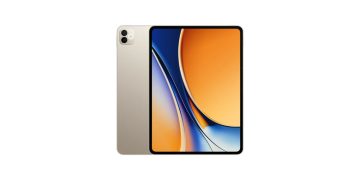NASA’s digital transformation journey is not just limited to website redesign and the introduction of a new streaming platform. The space agency is determined to harness the power of digital technology to bring space exploration and scientific discoveries closer to the public like never before. Let’s delve deeper into the various aspects of NASA’s ambitious digital evolution
Enhancing Education and Outreach:
NASA has always been committed to inspiring the next generation of scientists, engineers, and space enthusiasts. As part of its digital transformation, the agency is revamping its educational resources and outreach programs. The redesigned website and NASA+ streaming platform will be rich with educational content, interactive experiences, and immersive documentaries, making learning about space exploration engaging and accessible to students and educators worldwide.
Augmented and Virtual Reality Experiences:
As technology advances, so do the possibilities of engaging with space virtually. NASA plans to leverage augmented reality (AR) and virtual reality (VR) technologies to provide users with immersive experiences. Imagine exploring the surface of Mars through VR or witnessing a rocket launch up close in AR. These experiences will not only captivate the audience but also deepen their understanding of NASA’s missions and scientific endeavors.
Citizen Science Initiatives:
NASA recognizes the power of citizen scientists in advancing research and exploration. Through its digital platforms, the agency will encourage public participation in various citizen science initiatives. From identifying celestial objects to analyzing data collected by NASA’s missions, enthusiasts can actively contribute to scientific discoveries and be part of the space exploration process.
Interactive Live Events:
NASA’s live coverage of missions and space events has always been popular among space enthusiasts. With the upgraded NASA+ streaming platform, the agency plans to host interactive live events, allowing viewers to engage with scientists, astronauts, and experts in real time. Viewers can ask questions, participate in discussions, and experience the excitement of space missions as they unfold.
Global Collaboration and Partnerships:
Digital transformation enables NASA to collaborate and partner with other space agencies, educational institutions, and organizations worldwide. The revamped website will serve as a global hub for information exchange and foster collaboration in space research and exploration.
Personalized Content Recommendations:
To cater to the diverse interests of its audience, NASA aims to offer personalized content recommendations through its digital platforms. Machine learning algorithms will analyze user preferences and behaviors to curate content tailored to individual interests, ensuring a more engaging and relevant experience for each user.
Accessibility and Inclusivity:
NASA is committed to making its digital platforms accessible to all, including individuals with disabilities. The redesigned website will adhere to accessibility standards, ensuring that everyone can explore and learn about space without barriers.
Overall, NASA’s digital transformation is not just about updating its website and app; it represents a fundamental shift in the way the agency connects with the world. By embracing cutting-edge technologies, fostering educational engagement, and promoting global collaboration, NASA aims to ignite a passion for space exploration in hearts across the globe. As the digital landscape evolves, the space agency will continue to innovate and expand its digital initiatives, creating new pathways to explore the cosmos and understand our place in the universe.




















